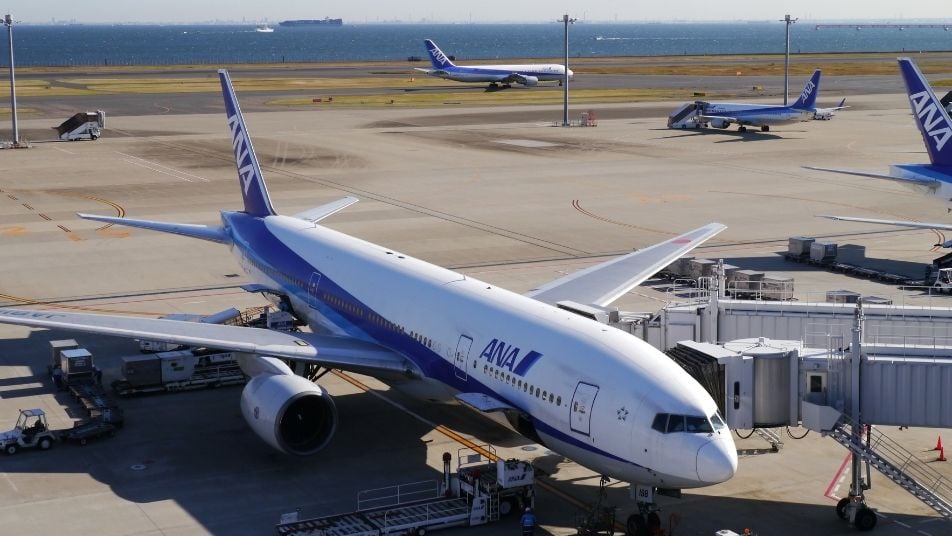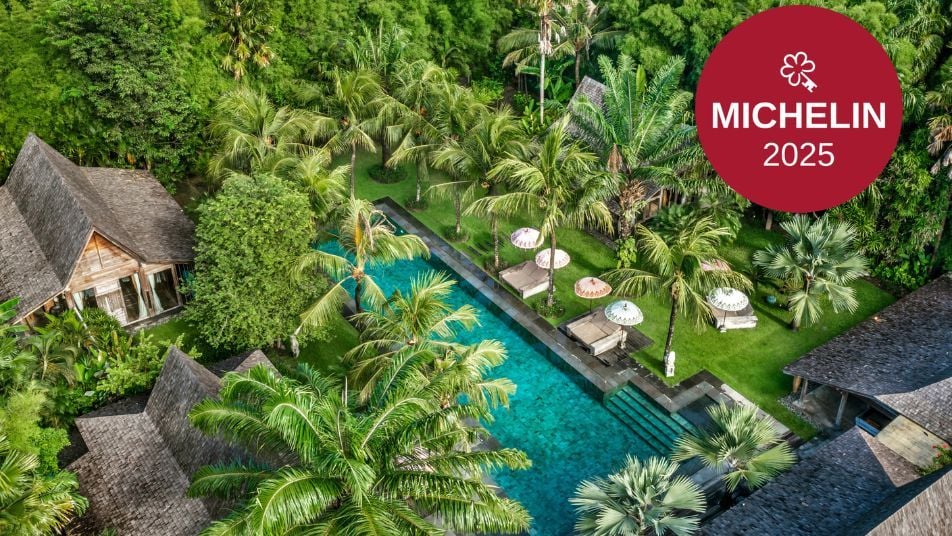North Bali Airport 2025: Location, Timeline, Benefits & Impact
by Dijiwa Sanctuaries

North Bali Airport Plans: Location, Opening Year & Flight Types

The government is preparing to build North Bali Airport in Kubutambahan, Buleleng. Its purpose is simple but crucial: reduce pressure at I Gusti Ngurah Rai Airport, which has almost reached the limit of 24 million passengers per year. Even though there is a plan for expansion, land limitation — only 269 hectares — becomes a big obstacle. According to BPS data, the number of international tourists will reach 6.3 million in 2024, making the construction of a new airport urgent. Hopefully, this project can reduce the concentration of tourists who have been crowding South Bali for so long while also pushing economic growth in the northern region.
North Bali Airport Location and Design Plans Explained
This airport will be built on the coast of Kubutambahan, Buleleng Regency. An expert team, including consultants from India, has already stated this location as ideal. Its total area reaches 2,800 hectares — most will be built above the sea through reclamation. Meanwhile, an aerotropolis area will be formed on land, which includes housing, public facilities, and a logistics center. The main runway, 3–3.6 km long, will be built above sea level to avoid disrupting temples and traditional villages. The terminal is also claimed to become the most advanced in Indonesia, adopting innovative airport technology to serve low-cost carriers (LCCs).
North Bali Airport: Why Bali Needs a Second Airport in the North
Many parties welcome this plan with big hopes. Besides opening job opportunities—an estimated 220,000 direct jobs — this airport is also believed to be able to trigger investment, raise property value, and encourage local MSMEs. From the tourism distribution side, this airport becomes the answer to a long-standing inequality: South Bali is too crowded, and North Bali is left behind. With a new airport, tourists will have a strong reason to explore other areas — such as calm beaches in Tejakula, waterfalls in Gitgit, or traditional villages still preserved.
North Bali Airport Access: Road, Rail & Toll Connections
To support this airport, the government is designing new inter-island connectivity:
- Toll road connecting Ngurah Rai – Kubutambahan to make travel time more efficient
- Widening provincial roads and new access routes in the north
- Train/LRT plan connecting the airport with Ubud, Sanur, and other areas in South Bali
All of this aims to make access no longer a barrier, both for tourists and residents.
Bali’s Two Airports: Operational Roles of Ngurah Rai and North Bali Airport
There is a plan that Bali will have two international airports with different roles:
- Ngurah Rai will still focus on long-haul flights and premium airlines
- North Bali Airport will focus more on low-cost carriers (LCC) and Southeast Asian regional routes
Both will be connected by toll roads and train routes to ease movement between cities and continents.
North Bali Airport Impact: Economic, Social & Environmental Effects
Every megaproject surely has an impact. This airport is not spared from debate:
- Environment: Construction above sea requires AMDAL and KKP permits. Sea reclamation is a sensitive issue that must be handled carefully.
- Customary land: Land around the location is owned mainly by traditional villages. The government proposes a profit-sharing scheme so the community still controls their land.
- Culture & spirituality: The runway position built on the sea is a compromise solution to still respecting sacred sites and local culture. Religious and customary leaders continue to be involved in consultation processes.
- Overtourism & waste: Many worry that this airport will worsen trash and congestion instead. The government promises to strengthen waste management systems and public transport.
Additional Note: If you care about environmental issues, choosing to stay at Dijiwa Sanctuaries during your holiday in Bali is a meaningful step. Their properties are the first in Bali to receive the Gold Eco Climate Badge—recognizing outstanding commitment to sustainability.
North Bali Airport Construction Progress: Timeline & Status as of 2025
The construction of North Bali Airport is one of Indonesia’s most anticipated infrastructure projects, aiming to transform northern Bali into a new hub for tourism and economic growth. As of 2025, the project has made notable progress, though several stages still require coordination and approvals. Here’s the latest update on its development timeline, current status, and key milestones:
- Feasibility study & AMDAL are already completed
- Location permit (pink) still in process
- Groundbreaking targeted to start in 2025
- First runway expected to operate in 2027
- Land coordination and permits from KLHK and KKP ongoing
However, officials remind us that permits and readiness of indigenous communities are the primary determinants of the smoothness of this project.
Comparison: Ngurah Rai Airport vs North Bali Airport 2025
Here is a summary of the key differences between Ngurah Rai Airport and the North Bali Airport in terms of location, land area, capacity, runway, terminal, and flight routes.

North Bali Airport and the Future of Sustainable Tourism in Bali
If done right, North Bali Airport is not just about infrastructure but hope: hope that Bali grows evenly without losing its identity. By still upholding customs, culture, and nature preservation, this project can become a model of inclusive and wise development for the future.
Sources: All content in this article has been sourced and adapted from the Ministry of Transportation, Antaranews, Detik.com, Beritaterkini.co.id, Bali Post, Narasi.tv, and Jawapos.


